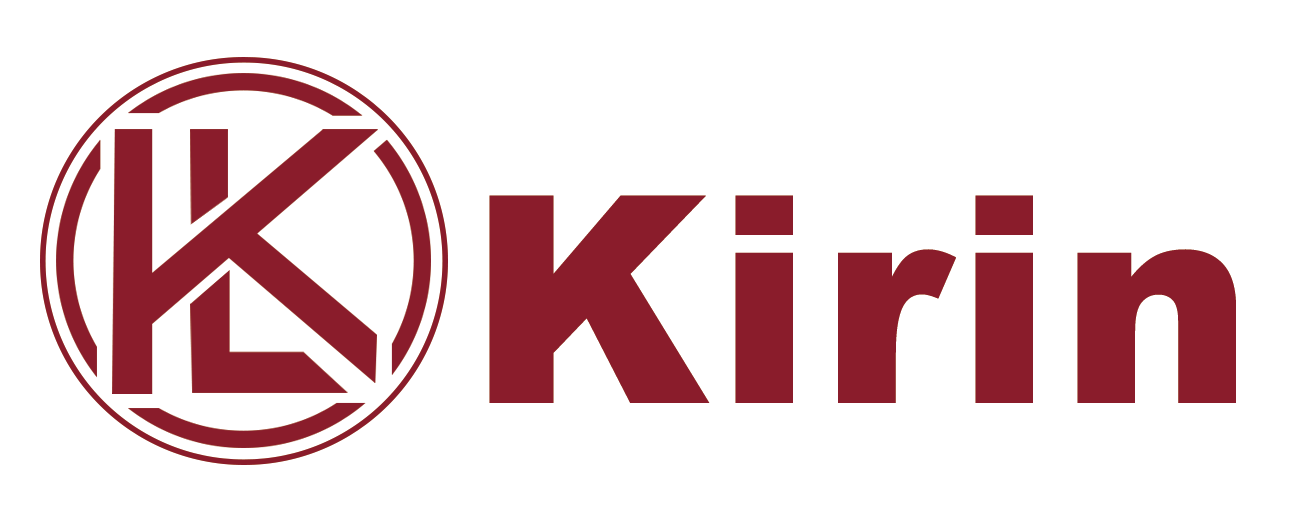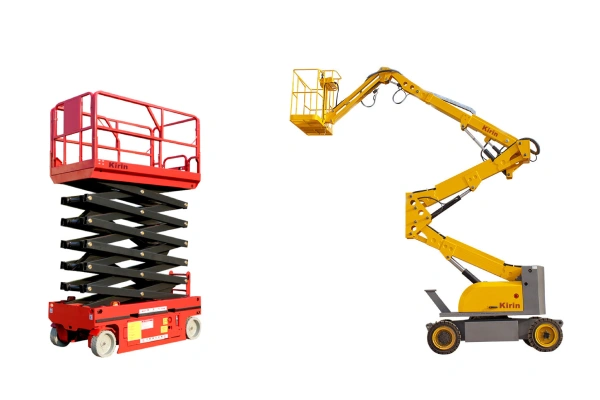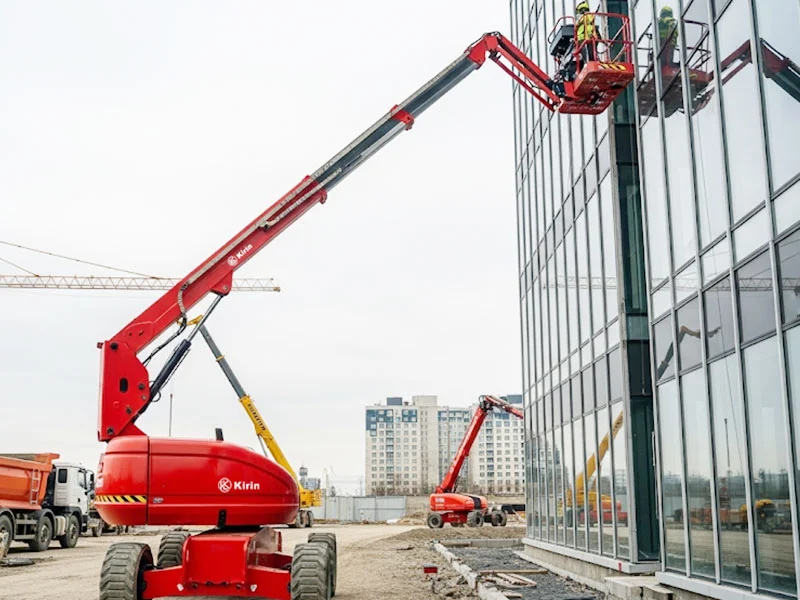
Working at height requires specialized equipment, and for many jobs, a boom lift is the ideal solution. These versatile machines provide excellent reach and maneuverability, but understanding the boom lift cost is crucial before you invest or rent. This guide will break down the factors that influence the price of boom lifts, helping you make an informed decision.
Understanding Boom Lifts
A boom lift, also known as an aerial work platform (AWP) or cherry picker, is a type of aerial lift designed to safely elevate workers and their tools to various heights. Unlike scissor lifts that only move vertically, boom lifts feature an extendable arm (or boom) that allows for horizontal and vertical reach, making them incredibly flexible for a wide range of applications.
Types of Boom Lifts:
- Articulating Boom Lifts (Z-Boom): These lifts have multiple “knuckles” in their boom, allowing them to bend and navigate around obstacles. This makes them highly maneuverable in tight spaces, both indoors and outdoors. The boom lift cost for articulating models can vary significantly based on reach and capacity.
- Telescopic Boom Lifts (S-Boom): Also known as “stick booms,” these lifts have a straight, extendable arm. They offer the greatest horizontal reach and are ideal for jobs requiring extensive outreach from a single position, such as bridge inspection or large-scale construction. The cost of a boom lift with significant telescopic reach will typically be higher.
- Trailer-Mounted Boom Lifts (Towable): These smaller, lighter boom lifts can be towed behind a truck or SUV, offering excellent portability. They are often used for lighter-duty tasks and can be a more budget-friendly option, impacting the overall boom lift price.
- Vertical Mast Lifts: While technically a type of aerial lift, vertical mast lifts are often considered alongside boom lifts for their compact footprint and ability to work in confined spaces, primarily offering vertical elevation. Their price boom lift comparison will show them generally lower in cost due to their limited articulation and reach.
Why Different Types Matter for Cost:
The type of boom lift directly influences its boom lift cost. Articulating and telescopic booms, with their complex hydraulic systems and greater reach capabilities, typically come with a higher price boom lift tag than smaller, simpler trailer-mounted or vertical mast lifts. The engineering and materials required to achieve greater height and outreach directly impact manufacturing costs and, consequently, the final purchase price.
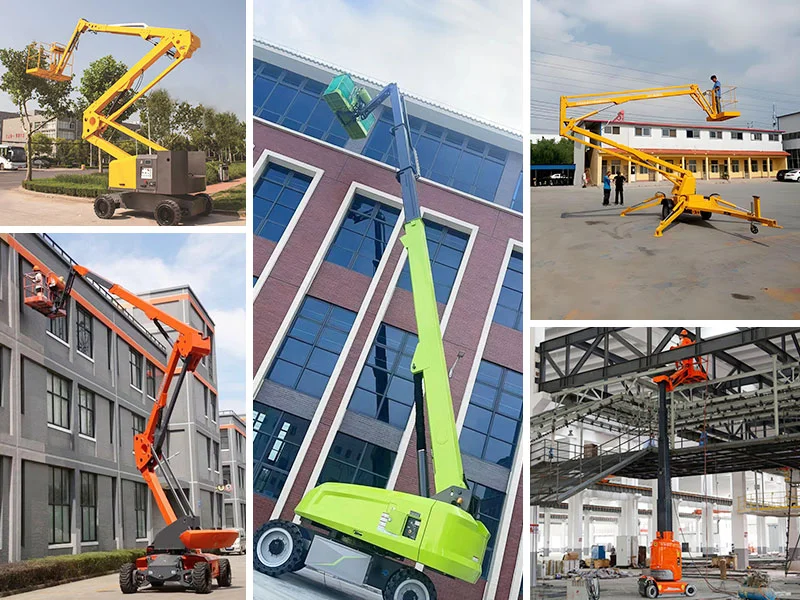
Boom Lift Purchase Cost
The boom lift cost for purchasing a new unit can range dramatically, from approximately $20,000 for a small, towable model to over $200,000 for a large, high-reach telescopic boom lift with advanced features. Used boom lifts can be found for significantly less, sometimes starting from under $10,000, depending on age, condition, and hours of operation.
- New Articulating Boom Lifts: Expect to pay anywhere from $50,000 to $150,000 or more.
- New Telescopic Boom Lifts: These generally start around $70,000 and can exceed $200,000 for larger models.
- New Trailer-Mounted Boom Lifts: These are often the most affordable, with prices ranging from $20,000 to $60,000.
- New Vertical Mast Lifts: Can be found from $10,000 to $40,000.
Key Factors Influencing Boom Lift Cost
Several factors contribute to the overall boom lift cost:
- Reach Height and Horizontal Outreach: This is arguably the most significant factor. Lifts capable of reaching greater heights and extending further horizontally will inherently be more expensive due to increased engineering complexity and material requirements.
- Platform Capacity: The maximum weight the platform can hold (workers, tools, materials) directly impacts the structural design and, thus, the cost of boom lift. Higher capacities mean higher prices.
- Power Source:
- Diesel: Typically more powerful and suited for outdoor, rough terrain applications. Generally higher purchase price and ongoing fuel costs.
- Electric: Quieter, emission-free, and ideal for indoor use. Lower operating costs but may have a higher initial boom lift price for comparable capabilities.
- Bi-Energy/Hybrid: Offers flexibility but adds to the upfront boom lift cost.
- Terrain Capabilities (2WD/4WD, Rough Terrain Tires): Lifts designed for challenging outdoor conditions (uneven ground, mud) will have more robust drivetrains and specialized tires, increasing their price boom lift.
- New vs. Used: As mentioned, buying used can significantly reduce the upfront boom lift cost, but it comes with its own set of considerations regarding condition and remaining lifespan.
- Features and Accessories: Optional features like generator sets, cutting packages, welding packages, pipe racks, and panel carriers will add to the overall boom lift cost.
Hidden Costs and Considerations
Beyond the initial purchase or rental boom lift cost, several other expenses contribute to the total cost of ownership:
- Transportation: Moving the boom lift to and from the job site can be a significant expense, especially for larger units requiring specialized hauling.
- Maintenance and Repairs: Regular servicing, parts replacement (tires, filters, hydraulic fluids), and unexpected repairs are ongoing costs. Neglecting maintenance can lead to costly breakdowns.
- Insurance: Adequate insurance coverage is essential to protect your investment and cover potential liabilities.
- Operator Training and Certification: OSHA regulations require operators to be properly trained and certified, adding to the overall expense.
- Storage: If you own a boom lift, you’ll need a secure and appropriate place to store it, which can incur facility costs.
- Depreciation: Like any heavy equipment, boom lifts depreciate in value over time.
- Inspections and Compliance: Annual inspections and adherence to regulatory compliance standards (e.g., ANSI) are mandatory and incur costs.
Buying vs. Renting: Which is Right for You?
The decision to buy or rent a boom lift largely depends on your specific needs and usage frequency.
- Renting: Ideal for short-term projects, infrequent use, or when you need different types of lifts for various jobs. Rental costs typically include maintenance and storage, offering lower upfront investment and greater flexibility. Daily rental rates for articulating booms can range from $250-$490, while monthly rates can be $2,000-$4,100. Telescopic boom rentals might be around $250-$450 daily or $2,295-$4,100 monthly.
- Buying: More economical for long-term, continuous projects where the lift will see frequent use. Owning provides immediate availability, customization options, and potential long-term savings compared to accumulating rental fees. However, it requires a significant initial capital outlay and assumes responsibility for all maintenance, storage, and hidden costs mentioned above.
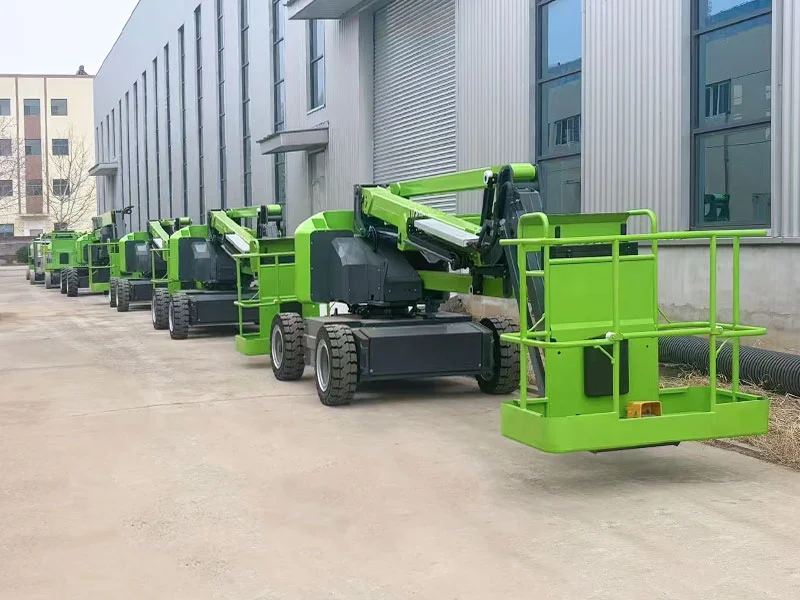
Tips for Budgeting and Saving on Boom Lift Costs
- Assess Your Needs Accurately: Don’t overbuy. Determine the minimum height, outreach, and capacity required for your most frequent tasks to avoid unnecessary boom lift cost.
- Consider Used Equipment: A well-maintained used boom lift can offer substantial savings on the initial price boom lift. Always get a thorough inspection before purchasing.
- Shop Around: Obtain quotes from multiple dealers and rental companies to compare boom lift cost and find the best deals.
- Factor in Total Cost of Ownership (TCO): When considering purchasing, look beyond the sticker price boom lift and calculate all associated long-term costs like maintenance, insurance, and transportation.
- Negotiate: Don’t be afraid to negotiate prices, especially when purchasing or renting for extended periods.
- Proper Maintenance: Regular and proactive maintenance can extend the lifespan of your boom lift, reducing repair costs and maximizing your investment.
Conclusion
The boom lift cost is a significant investment, whether you’re buying or renting. By understanding the different types of boom lifts, the factors that influence their pricing, and the various hidden costs involved, you can make a financially sound decision that aligns with your project requirements and budget. Careful planning and thorough research are key to securing the right boom lift at the right boom lift price.
FAQs
Q1: What is the average lifespan of a boom lift?
A1: With proper maintenance, a boom lift can last 15-20 years or more, often measured in engine hours (typically 5,000-10,000 hours of operation).
Q2: Is a boom lift or a scissor lift more expensive?
A2: Generally, boom lifts are more expensive than scissor lifts due to their greater reach, articulation, and versatility. Scissor lifts typically offer only vertical elevation, while boom lifts provide both vertical and horizontal access.
Q3: Can I operate a boom lift without certification?
A3: No, OSHA regulations require all boom lift operators to be properly trained and certified to ensure safety on the job site.
